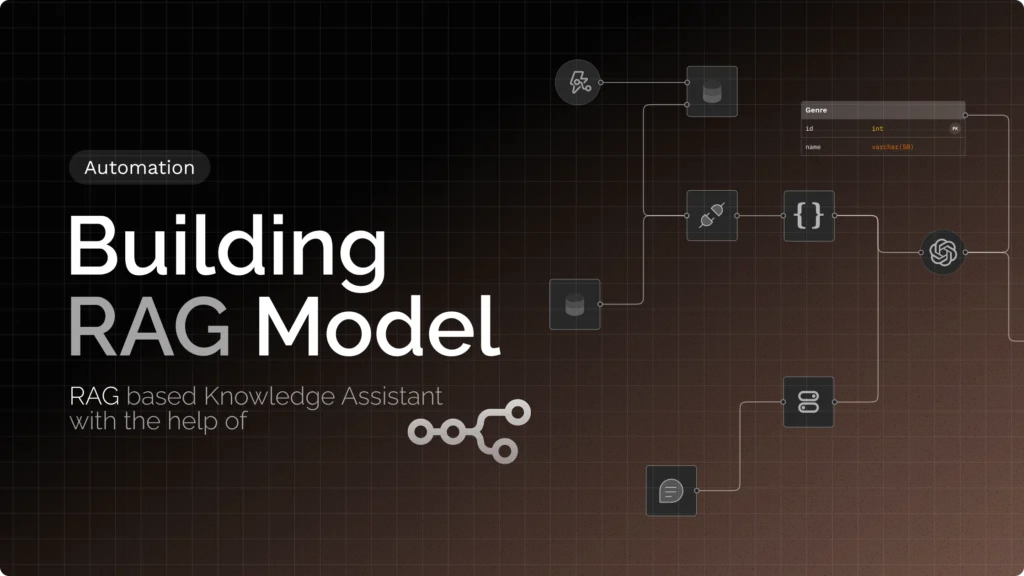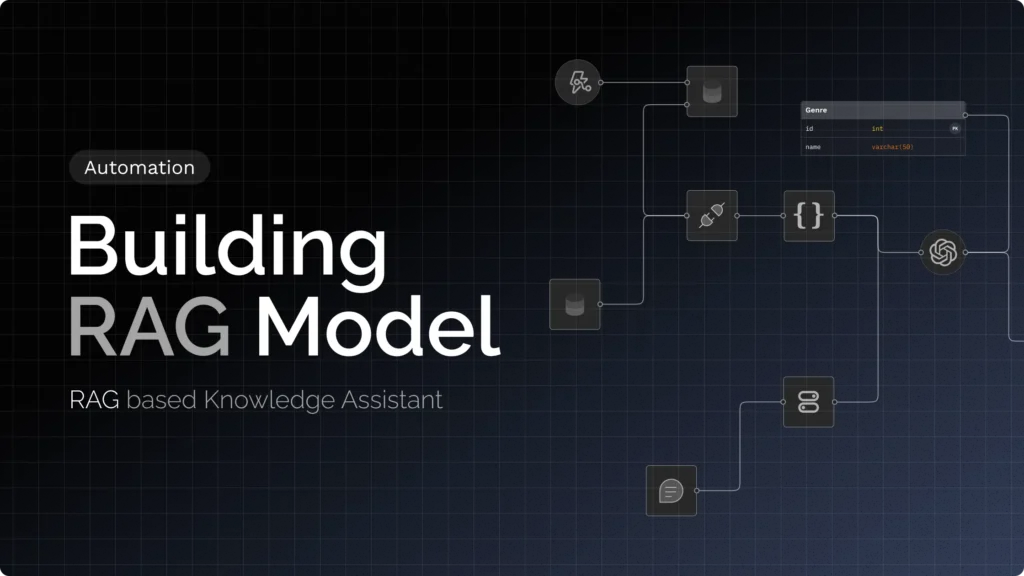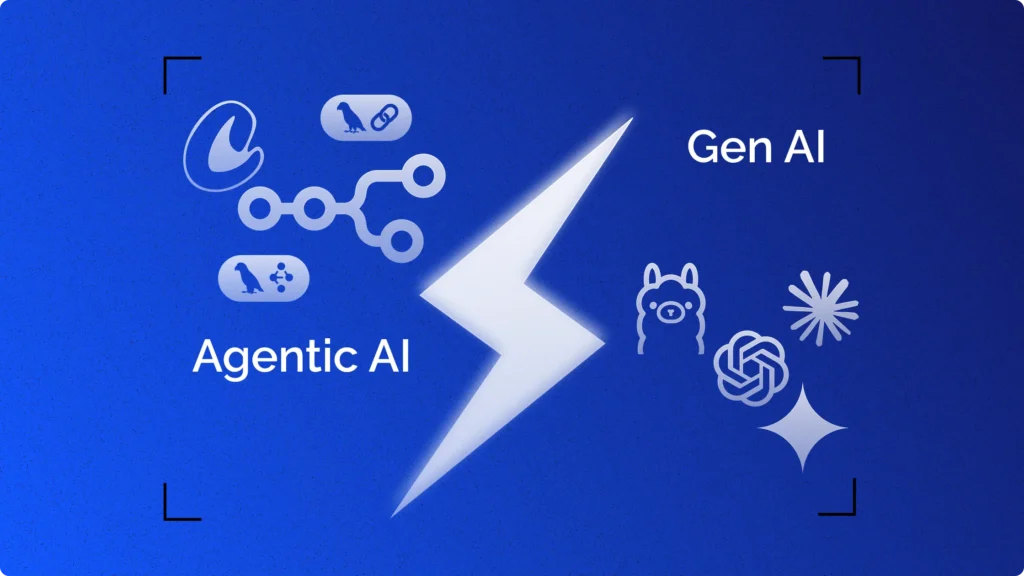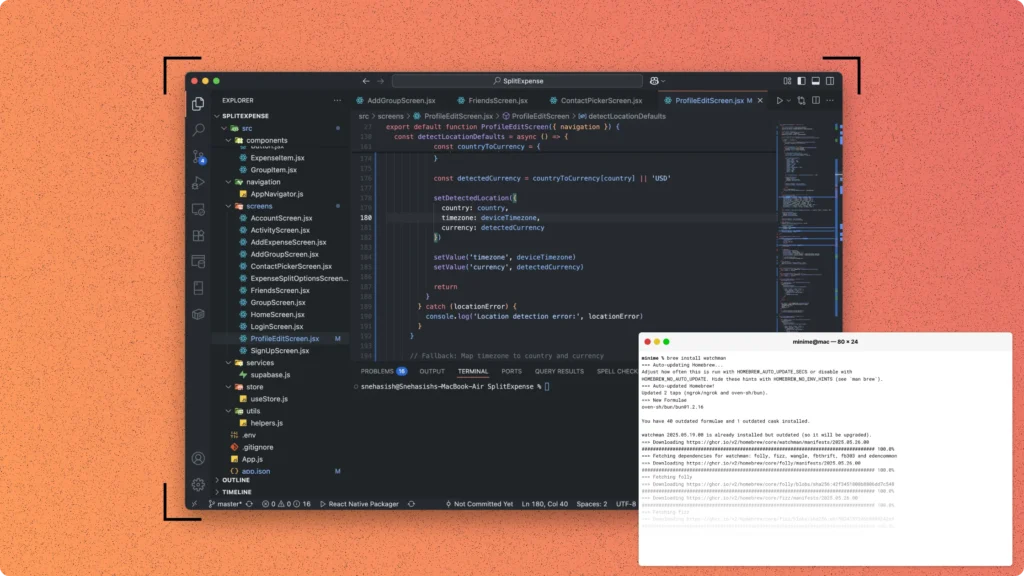An optimization problem is a mathematical problem in which we are looking for the best way to do something. In many cases, this means finding the largest or smallest value of a function. We may also be interested in finding the shortest path between two points or the most efficient way to use a limited resource.
The general form of an optimization problem is stated as follows:
Given a set of input values, find the value of the function that produces the lowest (or highest) output value.
Dynamic programming is a powerful technique for solving optimization problems. It is a method of solving a problem by breaking it down into smaller subproblems, solving each of those subproblems, and then combining the solutions to the subproblems to solve the original problem.
Dynamic programming can be used to solve many different types of optimization problems, including those that are difficult or impossible to solve using other methods. For example, dynamic programming can be used to find the shortest path between two points (MST) or to find the least expensive way (knapsack Problem) to produce a product.
Even though Dynamic programming is a powerful technique for solving optimization problems, it is not always the best method to use. In some cases, another technique, such as linear programming, might be more appropriate.
Types of Optimization Problem:
Optimization problems can be divided into two types:
- Linear programming
- Nonlinear/ Quadratic programming.
Linear Programming:
Linear programming problems are types of Optimization Problems in which the function we are trying to optimize is a linear function.
Linear programming is a mathematical method for finding the optimum solution to a problem with a given set of constraints. The constraints may be linear in nature, meaning that they can be represented by linear equations. The objective of linear programming is to find the values of the variables that minimize or maximize the objective function while satisfying all of the constraints.
Methods of solving Linear Programming:
There are many different methods that can be used to solve linear programming problems. The most common method is the simplex method, which is a systematic way of finding the optimal solution. Other methods include the interior point method, the graphical method, etc.
Here we’ve discussed two of them, the Simplex method and the Graphical method.
1. Simplex method:
The simplex method is a popular method for solving linear programming problems. It is a relatively easy method to understand and implement. The interior-point method is a newer method that is gaining popularity. It is more efficient than the simplex method, but it is also more complex.
The simplex method is a mathematical technique for solving linear programming problems. It is based on the concept of solving a problem by finding the optimal solution, or the best possible solution, from a set of possible solutions. The simplex method is an iterative process, meaning that it involves repetitive steps or iterations, in order to find the optimal solution. The method begins with an initial guess or starting point, and then systematically improves the solution by making small changes, or perturbations, to the variables in the problem. The goal is to find the values of the variables that minimize the objective function, or the function that is to be optimized.
The simplex method can be used to solve problems in a variety of different fields, including engineering, economics, and business. In each field, the simplex method can be applied to problems of different sizes and complexity. For example, the simplex method can be used to solve problems with hundreds of variables and constraints, or it can be used to solve problems with only a few variables and constraints. The method is also flexible in that it can be used to solve problems with both continuous and integer variables.
2. The Graphical Method:
The graphical method for solving linear programming problems involves finding the coordinates of the vertices of the feasible region and then using these to determine the optimum solution. This method is relatively easy to understand and can be used to solve problems with up to three variables.
We will begin by looking at an example of a linear programming problem.
Example:
Maximize 𝑓(𝑥,𝑦)=4𝑥+5𝑦
Subject to the constraints:
𝑥+𝑦≤5
2𝑥+𝑦≥6
𝑥,𝑦≥0
The first step in solving this problem using the graphical method is to find the coordinates of the vertices of the feasible region. We can do this by solving the constraints for 𝑥 and 𝑦.
For the first constraint, we have 𝑥+𝑦≤5. Solving this for 𝑦 gives us 𝑦≤5−𝑥.
For the second constraint, we have 2𝑥+𝑦≥6. Solving this for 𝑦 gives us 𝑦≥6−2𝑥.
We can now plot these constraints on a graph.
The next step is to find the coordinates of the vertices of the feasible region. These are the points where the constraints intersect. We can see from the graph that there are two vertices: (0,5) and (3,0).
We can now calculate the value of 𝑓(𝑥,𝑦) at these two points. We find that 𝑓(0,5)=20 and 𝑓(3,0)=12.
Thus, the optimum solution is at the point (0,5) and the maximum value of 𝑓(𝑥,𝑦) is 20.
Non-linear Programming:
Nonlinear programming problems are types of Optimization Problems in which the function we are trying to optimize is a nonlinear function.
Nonlinear programming problems can be solved using the Newton-Raphson method, the gradient descent method, and the conjugate gradient method.
Methods of solving Non-linear Programming:
When it comes to solving non-linear programming problems, there is no one method that is guaranteed to work every time. This is because non-linear programming problems are, by definition, problems that cannot be solved using linear methods. This means that the best approach to solving a non-linear programming problem is to try a variety of different methods and see which one works best for the specific problem at hand.
There are a number of different methods that can be used to solve non-linear programming problems. Some of the more common methods include the following:
- Gradient descent
Gradient descent is a method of solving non-linear programming problems that involve starting at a point on the objective function and then moving in the direction of the steepest descent until a local minimum is reached. This method can be used with a variety of different optimization algorithms, such as conjugate gradient or Newton’s Method.
- Simulated annealing
Simulated annealing is a method of solving non-linear programming problems that involves gradually lowering the temperature of the optimization process in order to avoid getting stuck in a local minimum. This method is inspired by the annealing process used in metallurgy, where a material is heated and then cooled in order to improve its properties.
- Genetic algorithms
Genetic algorithms are a method of solving non-linear programming problems that involve using a population of potential solutions and then applying evolutionary operators (such as selection, crossover, and mutation) in order to generate better solutions over time. This method is inspired by the process of natural selection, where only the fittest individuals are able to survive and reproduce.
- Particle swarm optimization
Particle swarm optimization is a method of solving non-linear type of optimization problems that involve a group of particles moving around in the search space and sharing their best solutions with each other. This method is inspired by the way that swarms of animals (such as bees or ants) are able to solve problems by working together.
- Differential evolution
Differential evolution is a method of solving non-linear type of optimization problems that involve creating a population of potential solutions and then mutating and recombining them in order to generate new solutions that are better than the originals. This method is inspired by the way that evolution works in nature, where only the fittest individuals are able to survive and reproduce.
These are just a few of the many methods that can be used to solve non-linear programming problems. The best way to find the right method for a specific problem is to try a variety of different methods and see which one works best.
So, that’s all for this blog, and I hope this blog was not bored you. If you found this blog useful, then share this with your friends too.
See you in the next blog.







